When I started out in photography many years ago, I rocked my kit lens (an 18-55mm f/3.5-5.6) for quite some time.
I especially enjoy landscapes, and that lens did fine - it was certainly nothing spectacular. However, using the lens that came with my camera was a lot cheaper than buying a new lens!
These days, though, you can get some solid lenses without spending a giant pile of cash. That's especially true if you buy a quality, pre-owned lens.
So that got me thinking - what's the best lens for landscape photography money can buy?
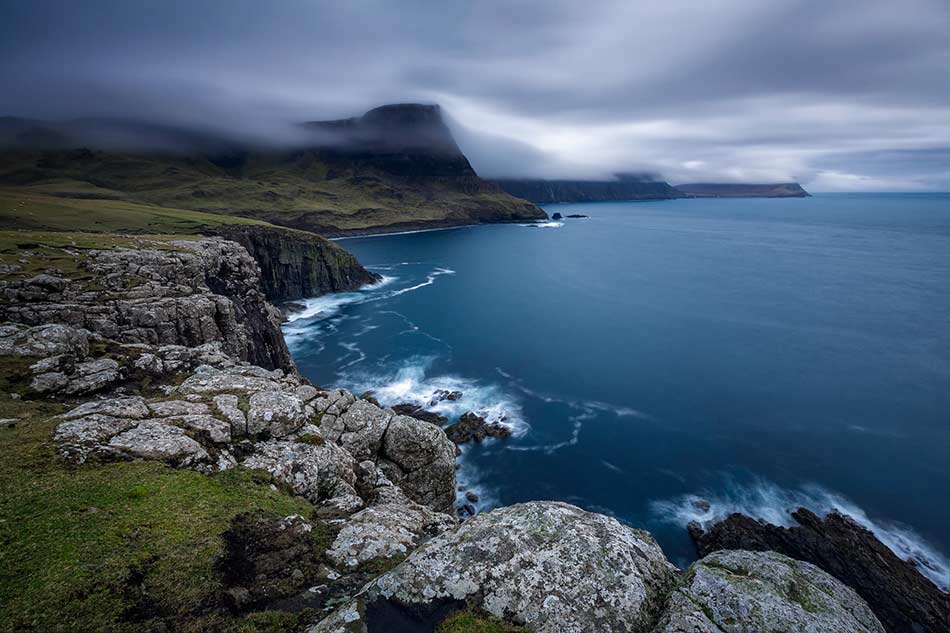
What Focal Length is Best for Landscapes?
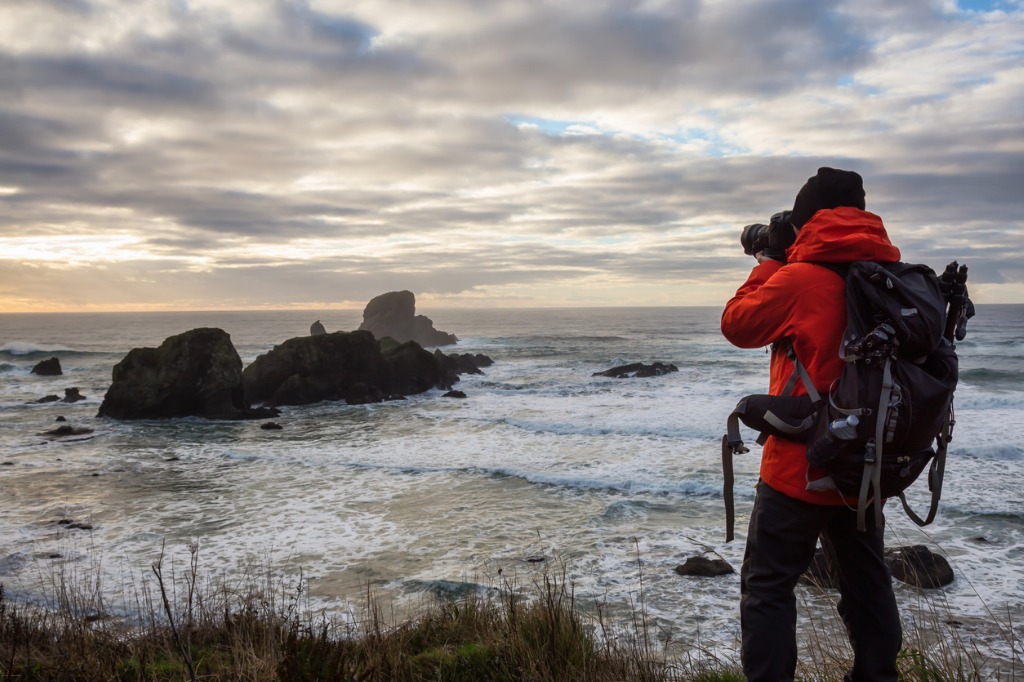 Image Credit: edb3_16 via iStock
Image Credit: edb3_16 via iStock
When thinking about the best focal length for landscapes, my assumption is that you probably think of wide-angle lenses first.
And that makes sense...
After all, when you're presented with a wide vista of gorgeous mountains, trees, rivers, beaches, and so forth, you want to capture as much of it in the frame as possible.
That's why wide-angle lenses are the most popular choice for landscape photography - their wide field of view allows you to capture more of the scene.
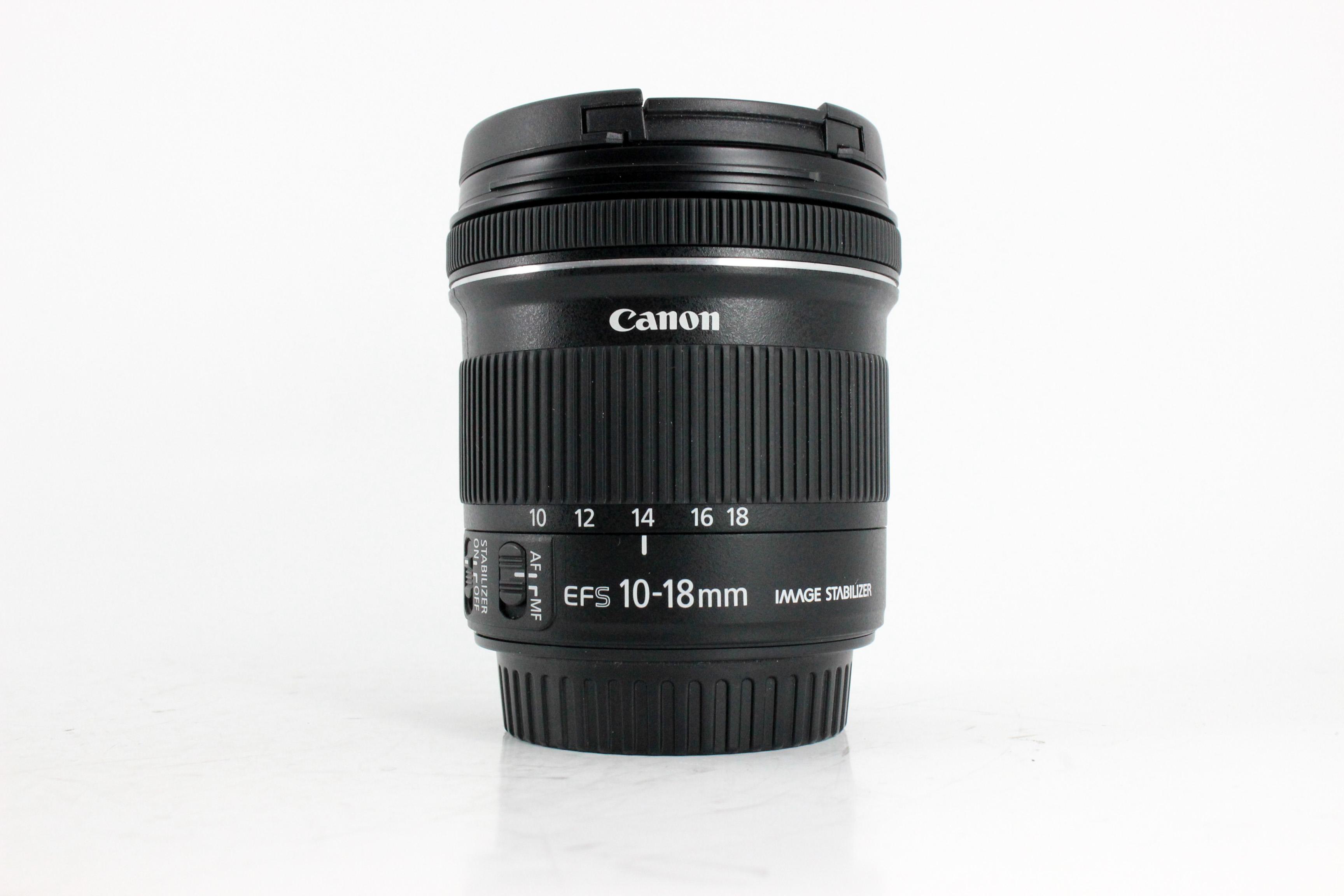
But what about ultra-wide-angle lenses like the Canon EF-S 10-18mm f/4.5-5.6 IS STM shown above?
At that focal length, you can incorporate even more scenery into the shot from right to left and top to bottom.
That means more beautiful sky, more detailed foreground, more peaks in a mountain range, and more sand in a desert scene.
When you see the difference between shooting at 18mm on a normal kit lens and at 10mm on a lens like this one, it's actually quite surprising.
The field of view is so much wider!
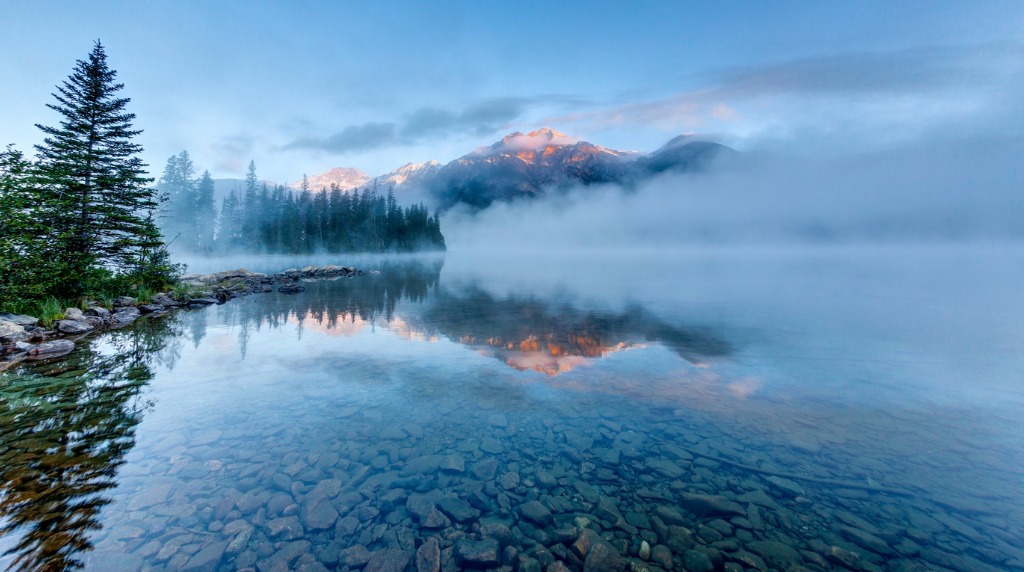 Image Credit: ronniechua via iStock
Image Credit: ronniechua via iStock
I'll get into the specifics of the Canon landscape lens in a moment, but for now, I want to point out that shooting ultra-wide landscapes isn't for everyone.
So, while I think this is one of the best lenses for landscapes, some photographers swear by other lenses and focal lengths, like 24mm, 35mm, 24-70mm, or telephoto options, too.
When you consider the best lens for landscape photography, the answer is going to be different for many people. It just depends on what kind of photos you want to take.
If you're in the "wider is better" camp, then I've got a lens for you!
Canon EF-S 10-18mm f/4.5-5.6 IS STM: Features, Pros, & Cons
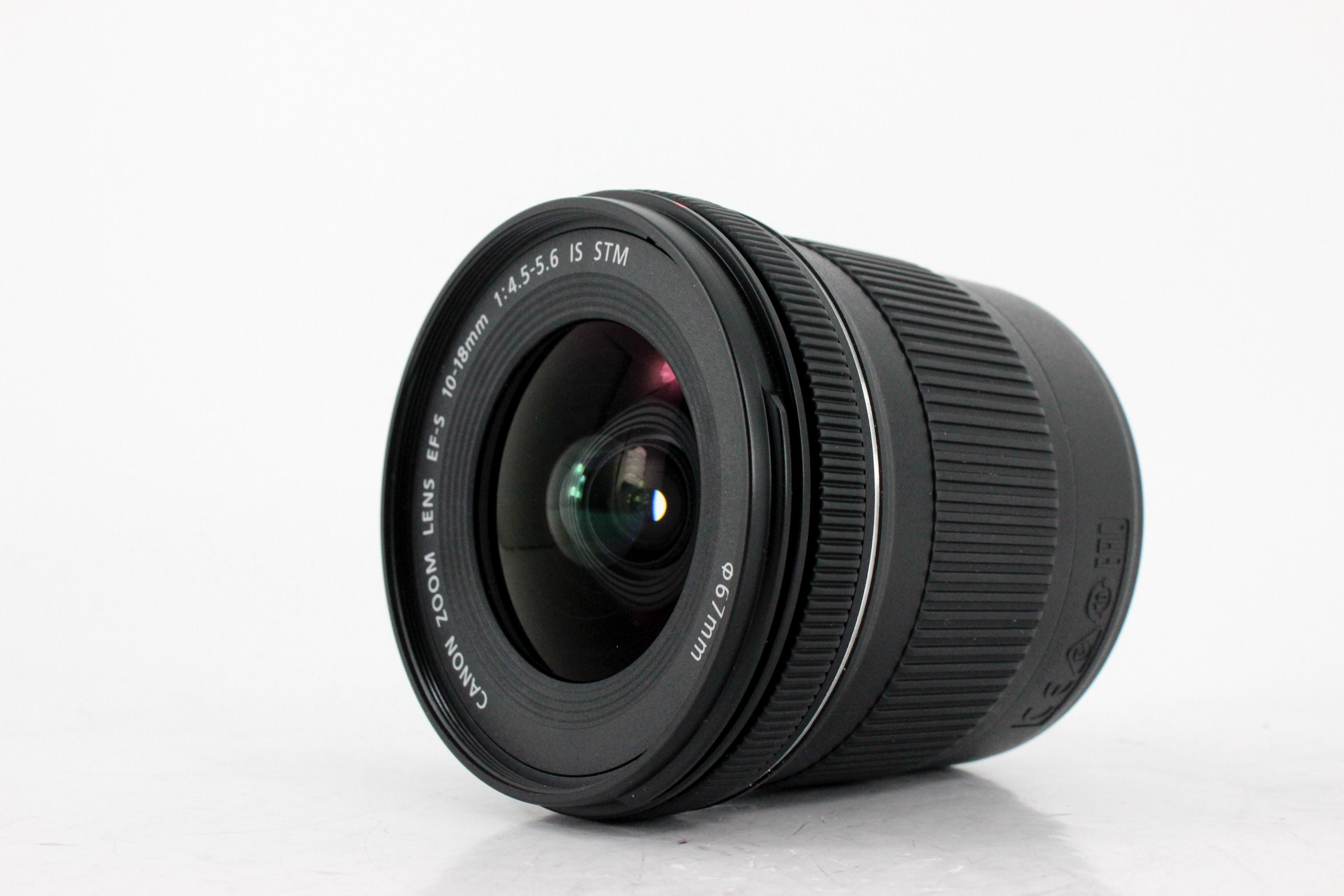
Built specifically for Canon's APS-C format cameras, this lens is lightweight with a small form factor that makes it a great companion for hiking through the wilderness or hopping from one beauty spot to the next in a national park.
It can easily be left mounted to your camera and still allow you to put the kit inside a camera bag.
What's more, given that it's so lightweight, you can carry your camera and lens around all day without feeling like you're carrying a bag of bricks over your shoulder.
The zoom range on this lens isn't very wide - just 10mm to 18mm. However, when the point is to get as wide a shot as possible, it's tough to beat the wider reaches of this lens.
The aperture range is also not overly impressive, and with a maximum aperture of f/4.5, you won't be shooting a lot of shots at dusk or night given that the lens cannot collect all that much light.
That being said, when shooting landscapes in normal lighting conditions, you don't need a massive aperture like f/1.2 or f/1.4. Besides, having a less robust maximum aperture helps keep the price of this lens to a minimum.
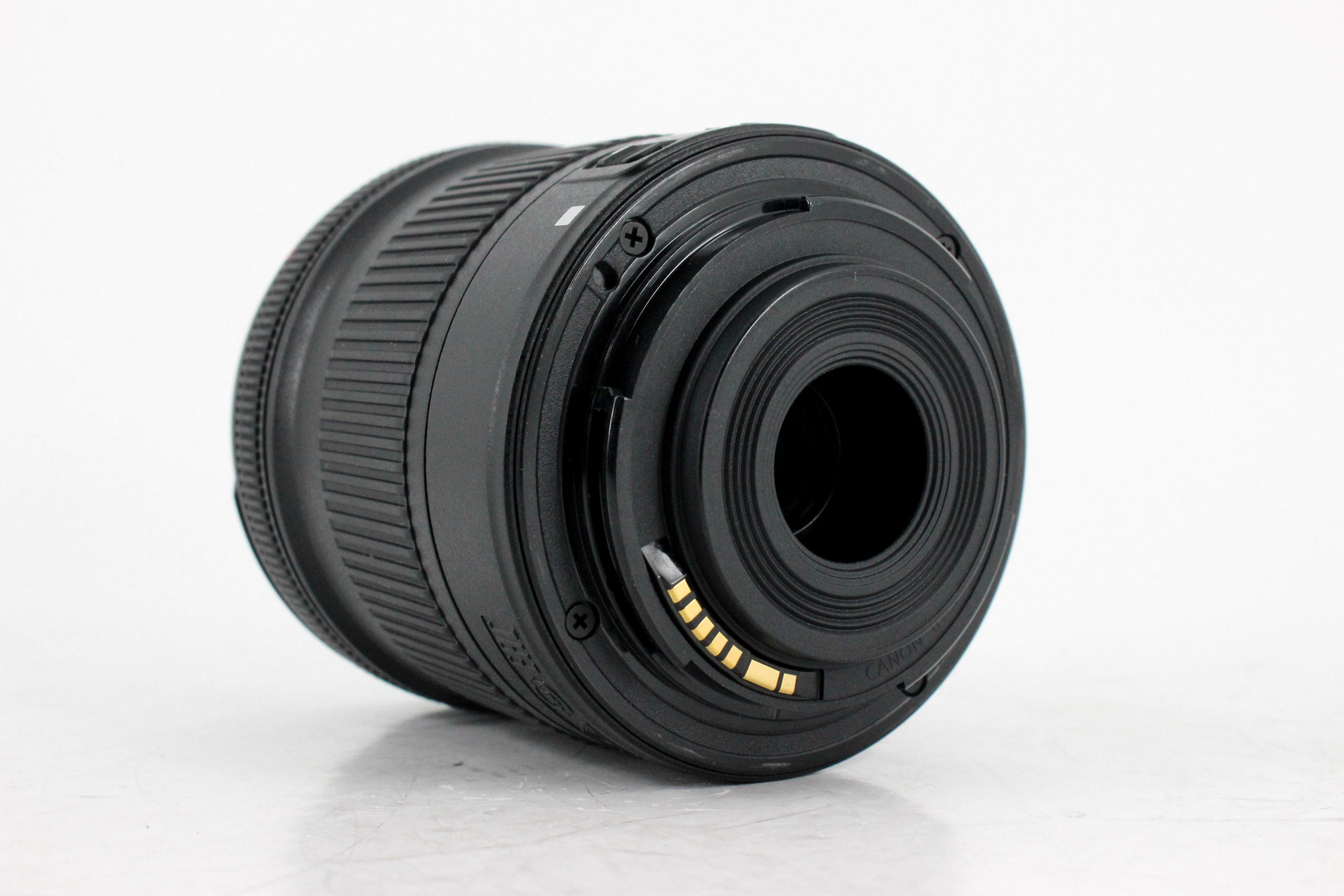
This lens supports autofocus, which is handy if you're not especially confident in your manual focusing abilities.
It also has image stabilization - a great feature for a lens this inexpensive - which gives you a couple of extra stops of stability when shooting handheld.
Though you should opt for using a tripod or a monopod for stability when shooting landscapes, it's nice to know that this lens will help you get sharper images when you need to shoot handheld.
But the best feature of this lens is undoubtedly its price.
You can get a pre-owned version in like-new condition for barely over $200, which, for the ability to shoot in ultra-wide-angle is a great bargain.
Again, this isn't the best lens for shooting in low-light, nor is it the sharpest lens Canon has ever made.
But as far as budget landscape photography lenses go, it's an excellent option, and certainly an upgrade to using your kit lens for landscape photography.
For a complete review of this lens and to see sample images, check out the video above by Christopher Frost Photography.
This article about the topic "This the Best Budget Landscape Photography Lens Money Can Buy" was first published on our website here https://www.photographytalk.com/landscape-photography/8772-this-the-best-budget-landscape-photography-lens-money-can-buy
